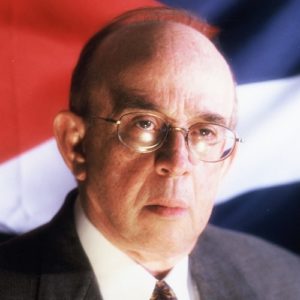After Fulgencio Batista had engineered Grau San Martín’s downfall and the thwarting of the revolution of 1933, the students who had supported Grau were frustrated and disillusioned. Many desired to continue fighting for their frustrated revolution, and in 1934 they formed the Auténtico party, modeled on Martí’s Partido Revolucionario Cubano of 1892. Leaders of the Directorio Estudiantil Universitario joined the new party and Grau was appointed its president. The Autenticos’ program called for economic and political nationalism, social justice, and civil liberties. Through the 1930s and into the mid-1940s, they consistently opposed Batista and his puppet presidents. In 1944 Grau and the Auténticoswere elected, at the same time as the organized use of violence (gangsterismo) to achieve political power increased. In government, however, they failed to fulfill the aspirations of 1933, especially in regard to administrative honesty. Many, led by Eduardo Chibás, left the party in 1946 to form the Partido del Pueblo Cubano. The Auténticos’ failure to bring about profound structural economic and political change was, perhaps, the most important single factor contributing to Batista’s 1952 coup d’état.

Thanks to Cuba, Russia is a growing threat to the U.S.
*By Jaime Suchlicki The recent visit to Cuba and the Caribbean by a contingent of Russian naval war vessels and submarines indicates








1 comentario en “PARTIDO REVOLUCIONARIO CUBANO (AUTĖNTICO)”
Un resumen breve y veraz
Los comentarios están cerrados.